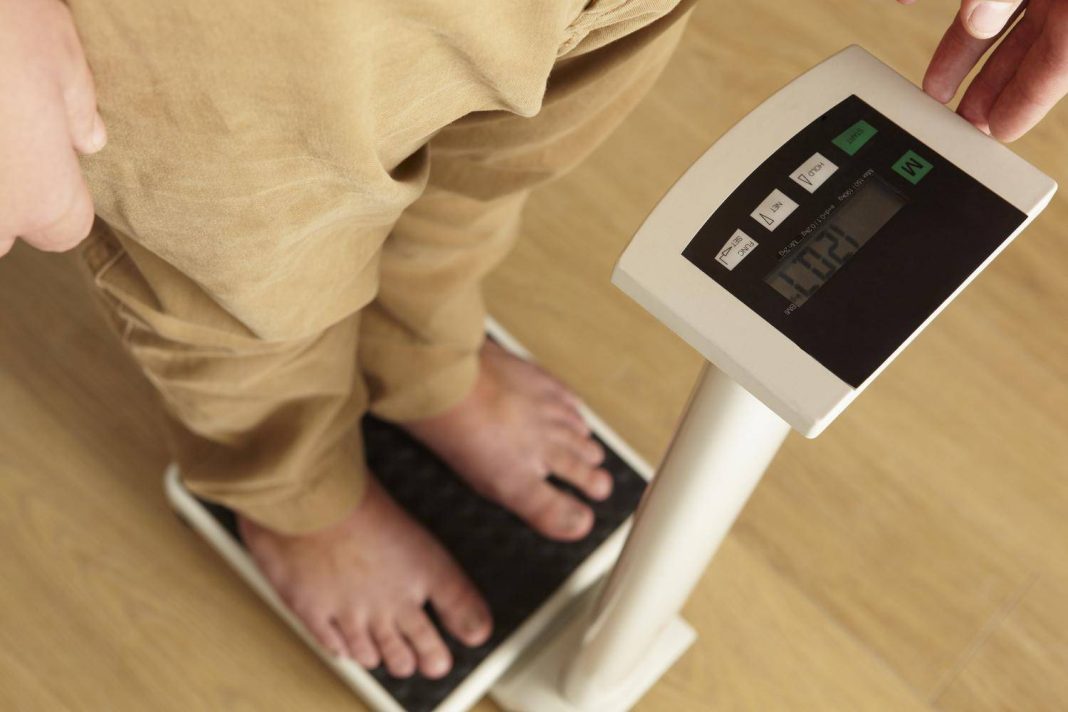Not eating much every day, and sticking to exercise, not only did not lose weight, but gained weight. Eager to lose weight, some people inevitably resort to ineffective methods, which not only harm health but also easily lead to rebound, preventing you from achieving weight loss. How many of these 4 pseudo-scientific trendy weight loss methods have you fallen for?
1. Believing in the “No Eating After Noon to Lose Weight” Method
The “no eating after noon” method means not eating after lunch. You must have heard of this method. Its irrationality lies in the fact that, with a fixed caloric intake for three meals, reducing any meal is equivalent to reducing one-third of caloric intake, essentially resulting in dieting.
It not only leads to a decrease in basal metabolism and weight loss, which is actually caused by muscle and water loss (not fat loss). Relying on not eating after noon (skipping dinner) for weight loss, the weight lost in the short term is easily regained once you resume normal eating habits.
Moreover, not eating after noon means that you can only eat from the previous noon to the next morning, with a gap of more than ten hours without energy intake, making it easy to overeat.
So, what’s the benefit of not eating after noon? The only benefit is saving money. If you want to lose weight, it’s better to have a balanced diet and control the total amount of food.
2. Thinking that Avoiding Staple Foods Leads to Weight Loss
Whether you can lose weight has nothing to do with what you eat; the key lies in how much you eat. In other words, even with healthy food, eating too much can still lead to weight gain.
If you only reduce staple foods without controlling the intake of meat, fruits, snacks, etc., and the overall intake increases instead of decreases, weight loss remains unattainable.
As one of the three essential nutrients for the human body, not consuming carbohydrates can lead to symptoms of hypoglycemia, such as dizziness and fatigue, making it difficult for the body and organs to maintain normal physiological functions.
Recommendation: It is best to have a mix of coarse and fine grains for staple foods; the general population should consume cereals and tubers 250-400g per day, including whole grains and miscellaneous beans 50-150g, and tubers 50-100g.
3. Believing that Exercising on an Empty Stomach Burns More Fat
Many people think that having low blood sugar on an empty stomach can force the body to use more fat for energy. Therefore, exercising on an empty stomach can increase fat-burning efficiency.
However, this is just wishful thinking. Experiments comparing the effects of exercising on an empty stomach versus after a meal have shown that exercising on an empty stomach does not stimulate fat consumption, and the fat oxidation levels between the two methods are very similar.
In other words, the fat loss effect is almost the same.
Moreover, exercising on an empty stomach, especially high-intensity and long-duration exercise, can further lower blood sugar levels. If blood sugar is too low, one may experience dizziness and fatigue.
Therefore, after all is said, it is recommended that you eat some coarse grains or high-protein foods 1-2 hours before exercising, so that you have the energy to lose weight.
4. Believing that Sweating Equals Fat Burning
While trying to lose weight, you may have this understanding: by wearing long clothes and pants to the gym and sweating a lot, can you lose weight faster? Has your weight decreased?
In reality, the greatest benefit of sweating is helping us regulate body temperature. When we exercise, our body temperature rises, and sweating helps cool down the body.
Moreover, the main component of sweat is water.
Weight loss aims to reduce excess body fat, not water loss. In other words, even if body weight decreases after exercise, it will return once you rehydrate.
Furthermore, some people naturally sweat a lot. If sweating equaled fat burning, wouldn’t weight loss be easier? Therefore, sweating and fat burning are not necessarily related.


